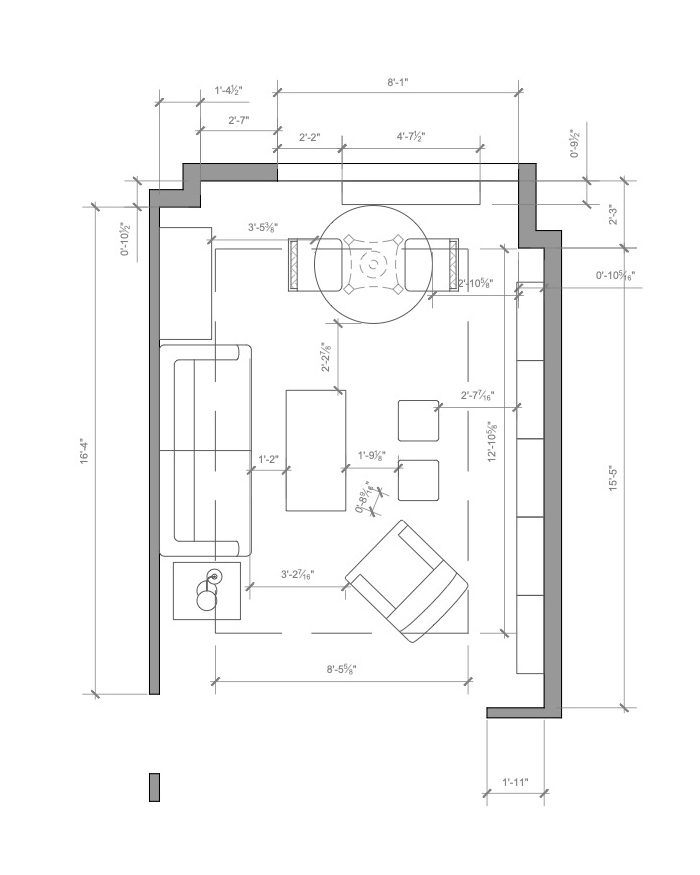the true history of ancient Rome ?
the true history of ancient Rome ? The Roman Republic, which was established in 509 BCE, was a powerful and influential state that controlled much of the Mediterranean world.

The history of ancient Rome is a complex and fascinating story that spans over a thousand years.
The Roman Republic, which was established in 509 BCE, was a powerful and influential state that controlled much of the Mediterranean world. The Roman Republic was characterized by a complex system of government, with two consuls elected each year to serve as the chief executive officers, a senate made up of wealthy and influential citizens, and an assembly of the people that could pass laws and elect magistrates.
The Roman Republic was a dominant military power, and it embarked on a series of conquests that expanded its territory and brought it great wealth. The Roman Republic was eventually replaced by the Roman Empire in 27 BCE, when Augustus became the first emperor of Rome. Under the Roman Empire, the emperor held ultimate power, and the government was centralized and autocratic.
The Roman Empire was divided into two parts, the Western Roman Empire, and the Eastern Roman Empire, or Byzantine Empire, which was ruled from Constantinople. The Western Roman Empire fell in 476 CE, due to invasions by barbarian tribes and internal decline, while the Eastern Roman Empire continued to survive for another thousand years.
Ancient Rome is known for many things, including its impressive engineering and architectural achievements, such as the Colosseum, the Forum, and the aqueducts. The Romans were also known for their legal system, which laid the foundation for much of Western legal tradition, and for their literature, which included works by Virgil, Ovid, and Cicero, among others.
The Roman Empire was also known for its religious practices. The Roman pantheon was a collection of gods and goddesses that the Romans believed controlled various aspects of life, such as the weather, agriculture, and warfare. The Romans also adopted and adapted many of the gods and goddesses of the peoples they conquered, which helped to promote religious tolerance and cultural exchange within the empire.
The Roman society was divided by a rigid social hierarchy, with the emperor and the wealthy upper class at the top, the middle class in the middle, and the lower class and slaves at the bottom. The lower class and slaves were often the backbone of the Roman economy, working as farmers, artisans, and laborers. Slavery was an integral part of Roman society and economy, but there were also many freed slaves who were able to rise to positions of wealth and power.
In conclusion, the history of ancient Rome is a rich and complex tapestry of politics, culture, society, economy, religion and many other factors that shaped one of the most powerful and enduring empires of the ancient world. The Roman Empire had a significant impact on the Western world and many of its institutions and practices still have an influence in the modern world. The legacy of Rome can be seen in everything from the legal system to the architecture and engineering, and its history continues to be studied and admired to this day.

















